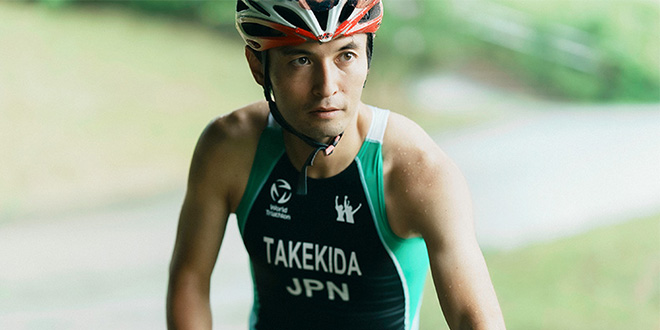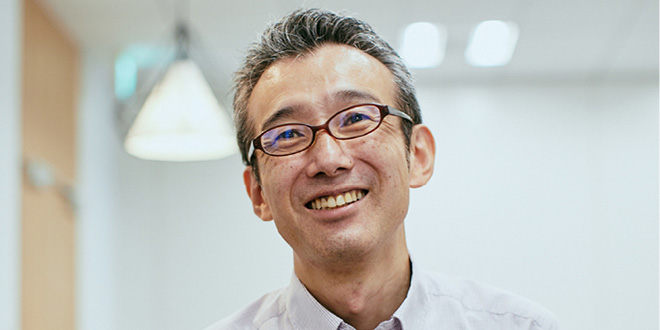Please select your location and preferred language where available.
The Engineer with a Strategy for Winning on the Global Stage
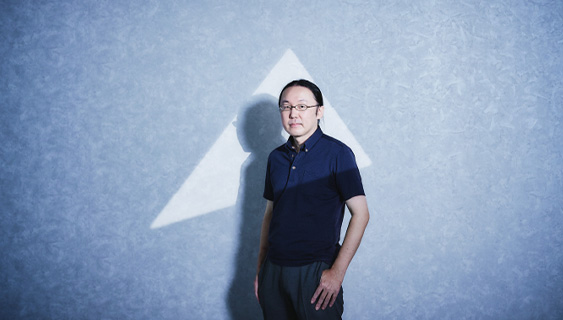

- “Game Changers” The Diverse Group of Innovators Who Are Transforming Kioxia -
November15, 2021
This series of interviews introduces developers and other employees at Kioxia who tirelessly pursue efforts to revolutionize memory development. The interviewees are diverse in occupation, work experience, interests, and background, but they all have one thing in common: they all believe in Kioxia’s mission to “uplift the world with ‘memory.’”
Kazuhiro Hiwada began his career designing image processing circuits at Toshiba. To deepen his understanding of the field, he decided to apply to a Toshiba sponsorship program that allowed him to serve as a visiting researcher at MIT for a year and a half. Today, he leads cutting-edge R&D in memory, the key component in electrical products for processing large volumes of data for data analysis, image processing, and other functions. As someone who has long sought to have an impact on the world, Hiwada is working to standardize the use of high-performance flash memory that can create new added value in a product.
A Start in Video Games
Whether you’re working in business, R&D, or sports, if you want to lead the world in the field, you need to first know the competition you will encounter on the world’s stage. As Sun Tzu once said, “If you know the enemy and know yourself, you need not fear the result of a hundred battles.” This brings us to Kazuhiro Hiwada, who conducts R&D related to memory and other system technologies at Kioxia’s Institute of Memory Technology Research & Development. Having worked at the MIT Media Lab, a research center that gathers the best and the brightest from around the world, Hiwada brings to his work a comprehensive understanding of the global competition in engineering.
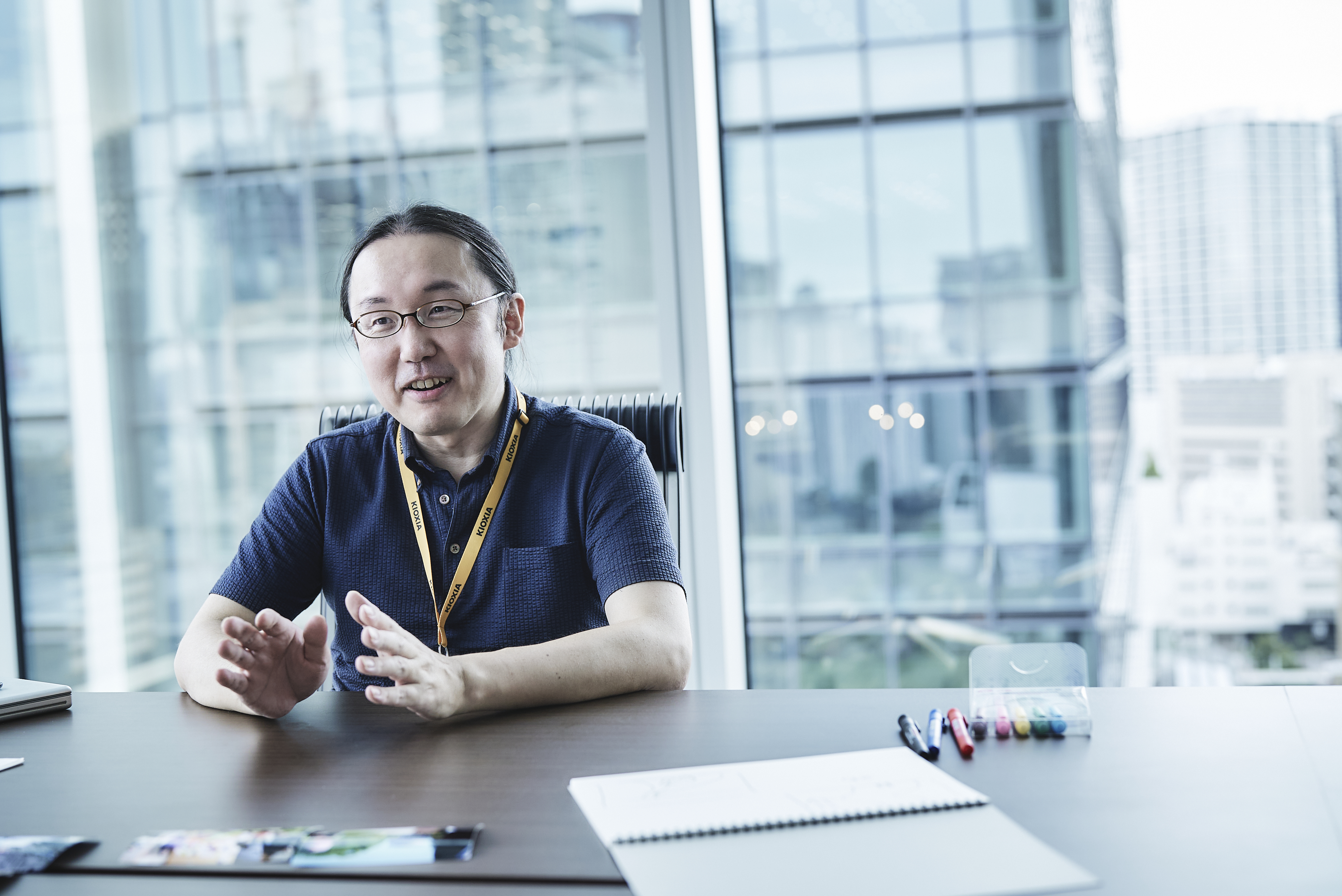
Hiwada gained much experience, knowledge, and inspiration from his year and a half in the US. Now, he seeks to apply what he accumulated into every aspect of the cutting-edge R&D he leads in projects designed to “uplift the world with memory.” Hiwada joined MIT to have an impact on the world; today, he spends every day trying to revolutionize the memory development game at Kioxia. His interest in making an impact through his own ideas and skills goes back to his student days at Kyoto University.
“I started getting into games in primary school, which led me to start programming simple games that I played with my family,” he says. “Back then, games were in 2D and only allowed for vertical and horizontal movement. By the time I was in university, games such as F-Zero for the Super Nintendo were capable of simulated 3D movement. I thought that was amazing, but before I knew it, games were using polygon modeling to produce realistic 3D movement. I felt like I needed to make a video game.”
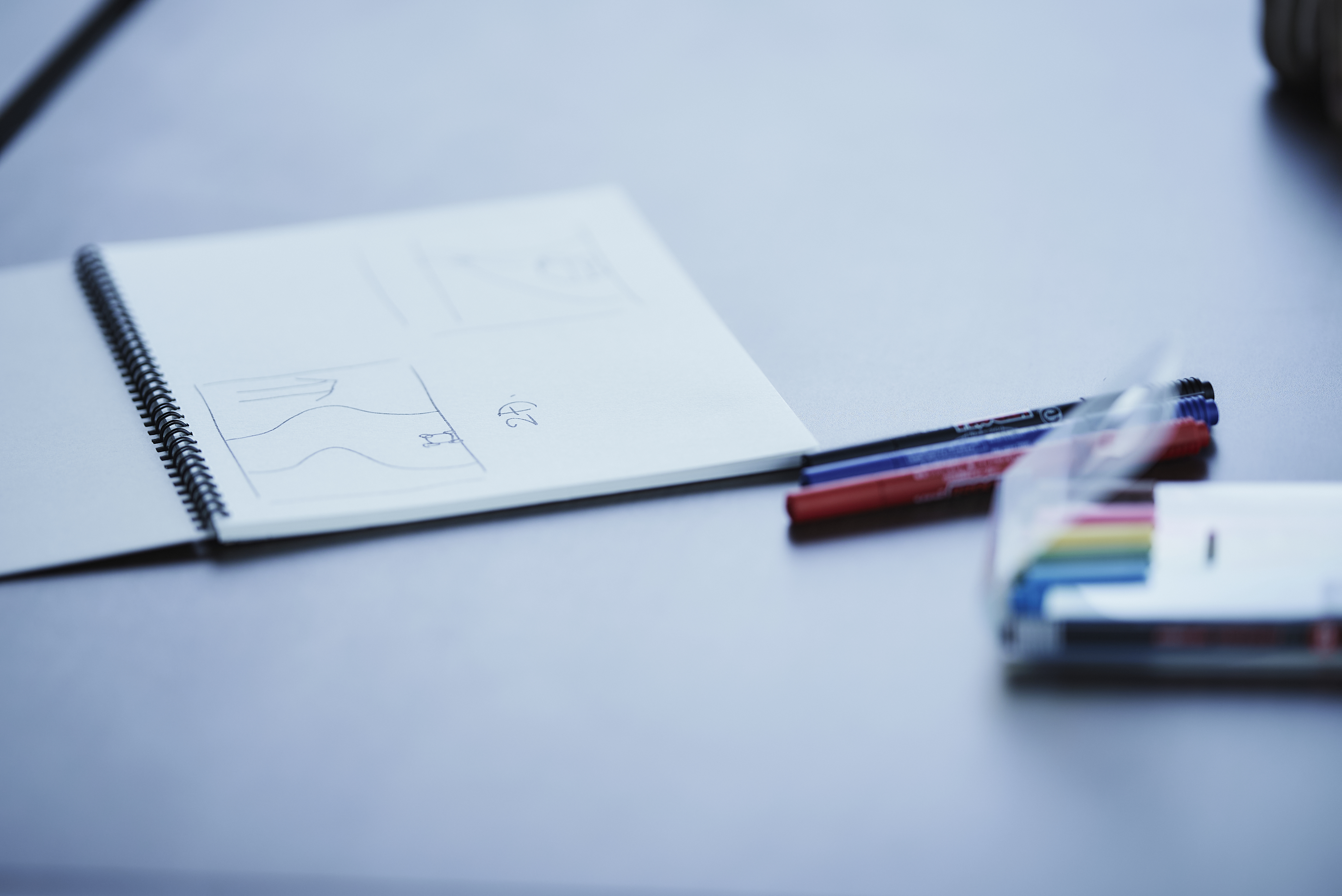
Hiwada spent two years at university developing a 3D racing game, sometimes forgetting to eat and sleep. He even designed the polygon models from scratch. Hiwada says the completed game was similar in tone to Ridge Racer, a hit racing game series from the 1990s. He handed out copies of the game to his friends and uploaded it on a video game BBS to be freely shared. Hiwada says he was mostly interested in the players’ response and feedback; this was his first major statement to the world, and he wanted to get a feel of its impact. This episode hints at the mindset that has brought Hiwada to this point.
Making an Impact on the World
In 2000, Hiwada joined Toshiba. He was drawn to the company’s potential—to Hiwada, Toshiba felt like a company that could compete on the world’s stage. Hiwada spent the next seven years primarily designing image processing circuits for video game consoles. He was then given the opportunity to work at MIT through a Toshiba sponsorship program.

“In my application to the sponsorship program, I remember writing something about how I want to do the kind of work that can leave an impact on the world,” Hiwada recalls. “Of course, I could have made an impact just by staying at Toshiba, but I wanted to do more research in applied science. For example, what if I could develop a new image processor circuit that delivers an entirely new level of image processing? The MIT Media Lab was the perfect place for me to explore these kinds of new applications and present them to the world. Of course, I was also excited at the idea of being surrounded by the world’s top researchers and students. I wanted to do something impactful while working in such a high-level environment.”

By the time Hiwada arrived at the MIT Media Lab, he understood both the user perspective—based on the feedback he received from his first game—and the developer perspective he had honed during his time developing image processing circuits. This helped him develop a unique set of skills and knowledge base that he applied towards tackling a variety of engineering tasks at the MIT Media Lab. As a result, Hiwada says, he was able to fit in with the Lab’s international student body. The experience helped him realize that he had the potential to compete against engineers from other countries. However, there was one important thing he discovered as he worked alongside the world’s elite.
“I was shocked by how much faster they were at getting things done,” Hiwada says. “One day, you might see students discussing an idea amongst themselves or with a professor. The very next day, they’re already conducting early experiments and studying the results so they can plan the next phase. This was their normal pace, and it felt at least ten times faster than the typical development process in Japan.”
Turning Kioxia into a Global Player
Hiwada has long believed that the key to developing more advanced image processing applications lay in the applied research of memory. After returning to Japan, Hiwada decided to move into the world of memory. One of the most exciting developments in memory is XL-FLASH, a solution expected to open up new possibilities in flash memory usage by greatly improving reading and writing speeds, reducing the latency gap between NAND flash memory and DRAM. To draw out the full potential of XL-FLASH, Hiwada and his team are working on improving the memory controller’s capability. His goal is to clearly demonstrate to the world’s elite that Kioxia has the ability to compete with them.
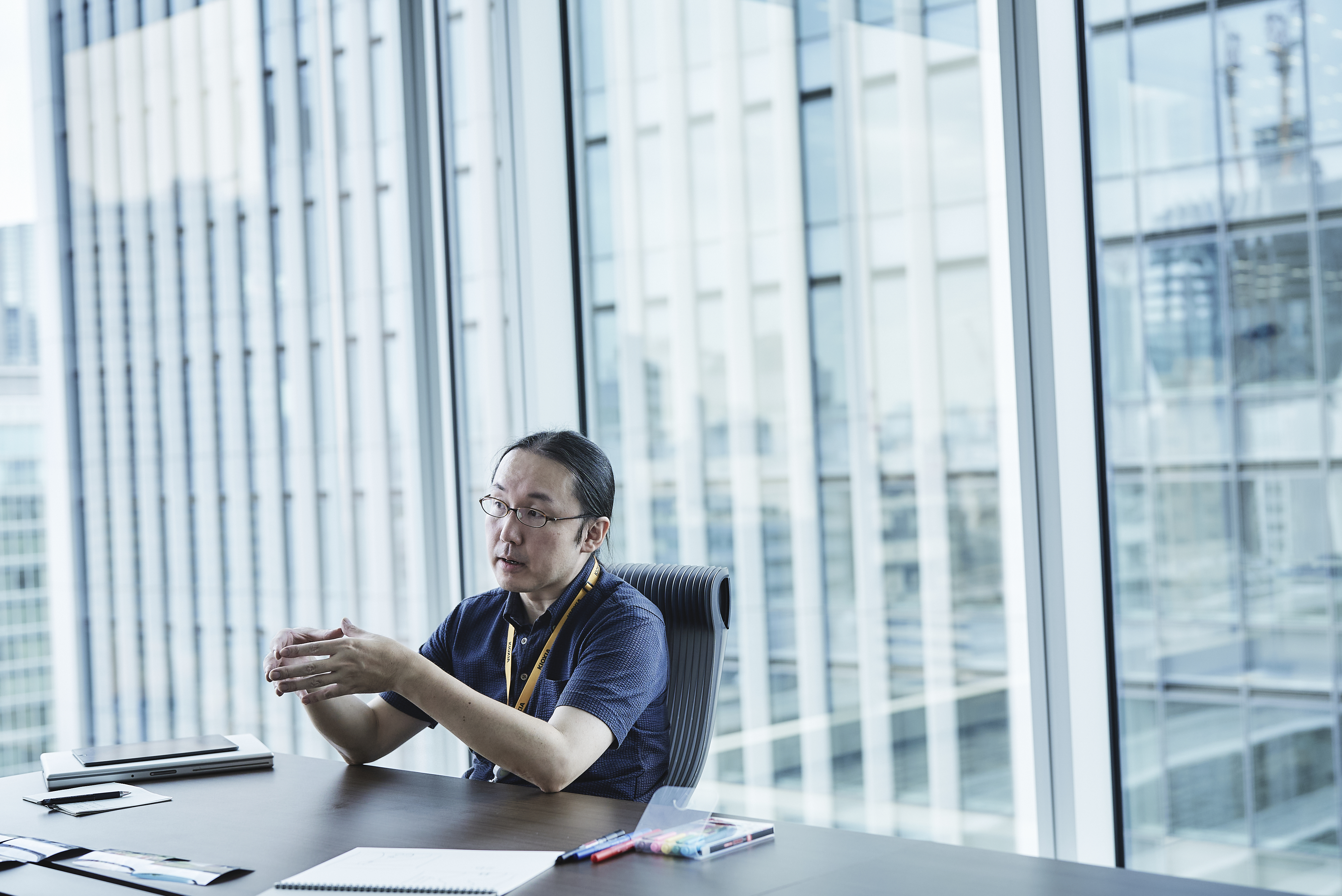
“We have some exceptional researchers, and I think we as a company compare favorably to other firms around the world,” Hiwada says. “Unfortunately, our team’s output is about 10% as fast as that of the competition. No matter how brilliant our researchers or how brilliant their ideas, they will always lose in a race against time. On the other hand, this means that being able to compete against the world is simply a matter of shrinking this speed gap. As I’m currently in a leadership position, I’m looking at our research direction and milestones to see if we can shorten the timeline to, for example, a week for research that used to take three to six months.”
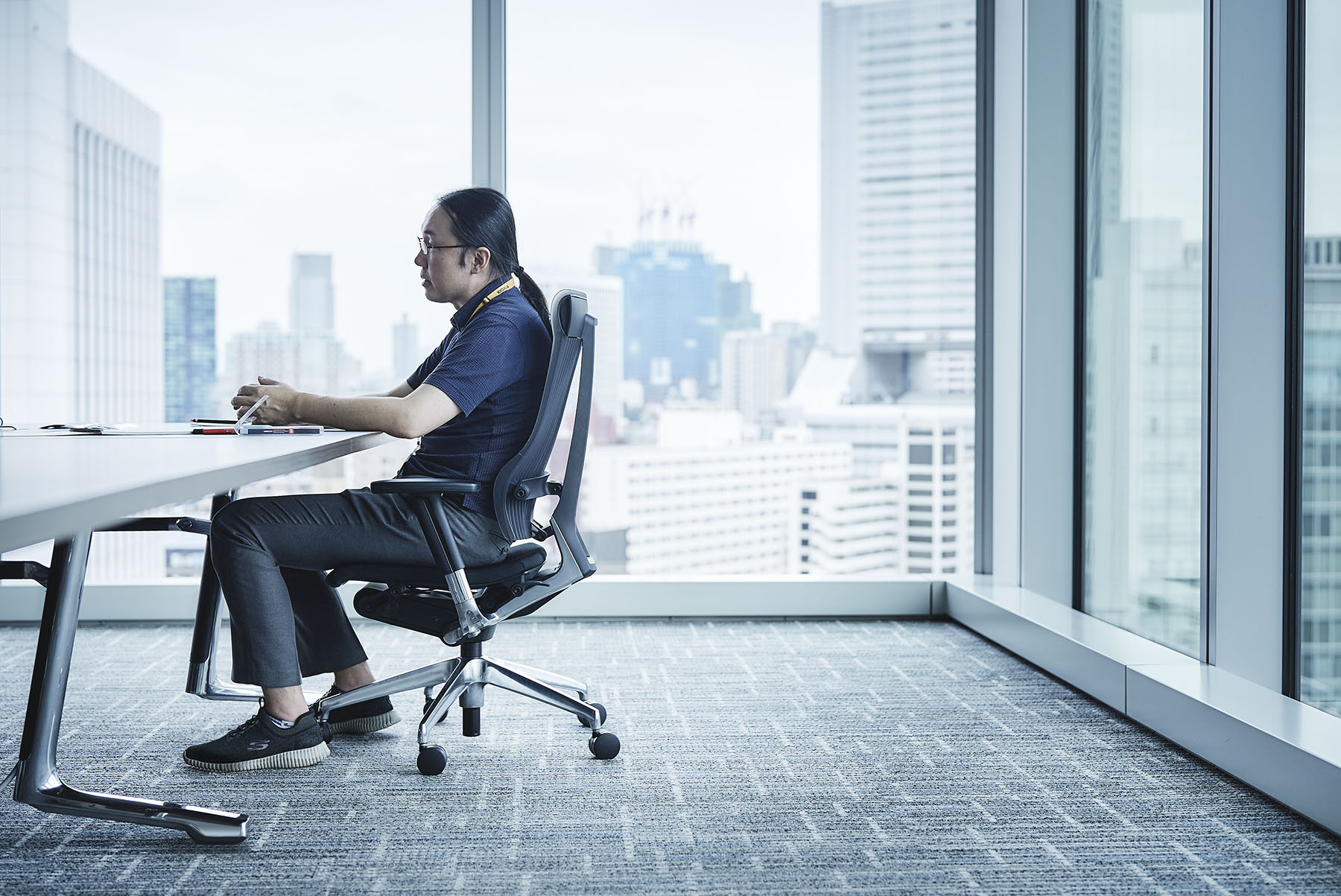
Hiwada does not necessarily think that all overseas practices are best—for example, he will not be incorporating daily targets into his team’s workflow anytime soon. However, he says that throughout the research process, he keeps an eye out constantly for practices that help his team work faster and produce the largest returns and makes sure that his team is fully aware of what he is trying to do. Hiwada believes that this approach will finally give Kioxia the competitive edge that it needs to be on equal footing with the rest of the world.
Hiwada has spent his whole life following the path he found the most exciting, pursuing his fields of interest with thoroughness and determination. It started with video games and continued through his university years—his mentor from the time still likes to remind Hiwada that he’s only ever done what he’s interested in. And right now, what he’s interested in is fully applying his global sensibilities towards creating a wave of reforms at Kioxia that will prepare the company for the coming revolution in memory—which Hiwada senses is just around the corner.
The content and profile are current as of the time of the interview (September 2021).
